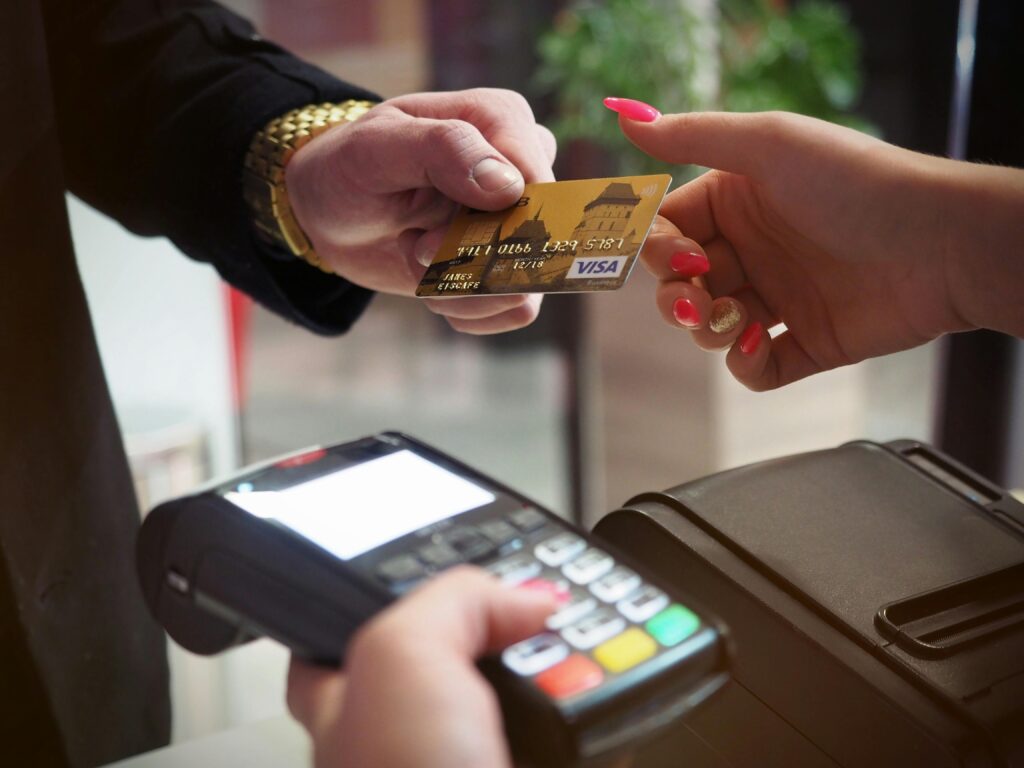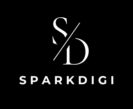
PPC & Digital Marketing in 2025: Smarter Ads, Better ROI
The Evolution of PPC: Precision Over Volume
Pay-per-click advertising is no longer about who can bid the highest—it’s about who can adapt the fastest. In 2025, PPC is an advanced blend of artificial intelligence, data-driven decisions, and highly personalized targeting. Successful marketers are no longer focusing on simple keyword targeting or platform-specific tricks. They’re building holistic advertising ecosystems that align with user behavior, intent, and device interaction.
Here’s what’s working in PPC right now—and what every marketer should be implementing.
1. AI-Driven Targeting is the New Default
Artificial intelligence is now built into every major advertising platform—from Google Ads to Meta, LinkedIn, and TikTok. Instead of manually selecting audiences and tweaking bids by hand, marketers are now relying on AI to automatically identify high-intent users, predict behavior, and adjust spend dynamically.
AI tools analyze real-time data such as browsing patterns, device type, engagement signals, and even emotional tone to optimize ad delivery. Brands leveraging AI-powered PPC are consistently seeing higher return on ad spend (ROAS), lower cost per acquisition (CPA), and better lead quality.
What You Can Do:
Feed your ad platforms high-quality conversion data, leverage CRM integrations, and allow automated bidding strategies to do the heavy lifting. Monitor performance weekly to fine-tune assets—not audiences.
2. Keyword Match Types Have Changed—Again
While keyword targeting is still relevant, its role is evolving rapidly. Google has continued to push broad match as a smarter, AI-enhanced method of reaching the right users at the right time. With improved intent recognition and machine learning, broad match can now outperform exact match when paired with smart bidding strategies.
That said, success still depends on structure. Broad match should be used with caution and always supported by strong negative keywords and conversion-focused bidding models.
What You Can Do:
Use broad match for discovery, but protect performance with tight ad groups, relevant ad copy, and audience insights. Let performance data shape your keyword expansion.
3. Multi-Platform PPC is Now a Necessity
In 2025, limiting your paid strategy to just Google Ads is a missed opportunity. Users are spending time across diverse platforms, and marketers are following with multi-channel campaigns that align content with user behavior.
Google and YouTube dominate high-intent search and video traffic. Meta (Facebook and Instagram) continues to be a powerhouse for visual storytelling and retargeting. LinkedIn remains the leading B2B ad platform, while TikTok offers affordable, top-of-funnel exposure through Spark Ads.
What You Can Do:
Identify where your audience spends time at each stage of the funnel. Craft platform-specific creatives, test ad formats, and use attribution tools to understand how channels work together.
4. Ad Creatives Now Drive Performance
With privacy laws reducing tracking accuracy, creative quality has become a primary performance driver. Strong creatives attract attention, build trust, and trigger action—often doing what targeting used to do.
Motion-based ads, short-form videos, user-generated content (UGC), and relatable visuals are outperforming polished, brand-heavy ads. In fact, rotating creatives every 10–14 days has become standard practice to avoid ad fatigue.
What You Can Do:
Test multiple variations of your ad copy, imagery, and call-to-action. Monitor click-through rates and engagement signals to identify top performers. Invest in short-form, native-style video that mirrors organic content.
5. Smarter Tracking and Attribution is Crucial
With the deprecation of third-party cookies and iOS tracking limitations, conversion tracking has shifted to server-side and first-party data solutions. Platforms like Google Ads now rely on Enhanced Conversions, while many brands are adopting tools such as Segment, Northbeam, and Triple Whale for clearer attribution.
Without proper tracking in place, even the best campaigns risk underperformance due to blind optimization.
What You Can Do:
Implement server-side tracking and connect ad platforms with your CRM or backend events. Set up custom conversion actions and use offline data imports where possible to close the attribution gap.
6. Landing Pages Matter More Than Ever
Driving traffic is only half the battle. In 2025, landing pages must be fast, focused, and mobile-optimized. Users expect near-instant load times, clear messaging, and a seamless experience from ad click to conversion.
Dynamic content that matches the ad copy or keyword intent can dramatically boost performance. Smart marketers are now building modular landing pages that adapt to different campaigns and personas.
What You Can Do:
Use landing page builders like Webflow, Unbounce, or Instapage to deploy A/B tests and optimize user experience. Prioritize fast load times, strong headlines, and a single clear call-to-action.
Conclusion: Precision + Creativity = Winning PPC in 2025
PPC in 2025 is no longer about working harder—it’s about working smarter. Brands that combine data science with human creativity are achieving exceptional results. Whether you’re spending $500 or $500,000, the core principles remain the same: serve relevant ads, measure results accurately, and keep testing new angles.
Digital advertising is not standing still, and neither should your strategy.
